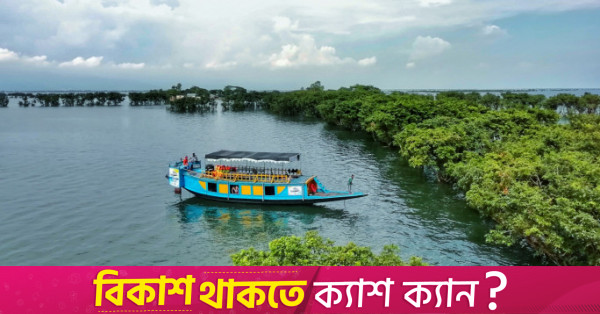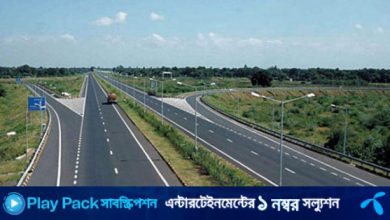1b tonnes of sediment each year from upstream devastate Bangladesh’s wetlands: Stakeholders


Less than 1% of the work has been implemented in the last 12 years on the 20-year haor-baor-wetlands master plan.
Representational image. Photo: TBS
“>
Representational image. Photo: TBS
Every year, over one billion tonnes of sediments – including concrete, stones, and sand – from upstream areas in India, Nepal, and China, wreak havoc on the ecological balance of Bangladesh’s water bodies, said Md Akhtaruzzaman, director general of the haor and wetland development department, at a seminar today.
“The biggest problem in haors and wetlands is sedimentation, which includes not only silt but also rocks and sand,” he said during the event titled “Haor and Wetlands in 100 Years” held at the Department of Bangladesh Haor and Wetlands Development seminar room.
“This sedimentation causes rivers to fill up, so the most urgent need now is to remove sediments. These sediments can be used for domestic development and even sold to different countries.”
He emphasised that Bangladesh’s haors and wetlands are reservoirs of immense potential. If these areas come under proper management and their resources are utilised effectively, Bangladesh’s economic landscape will transform, and the tourism industry will flourish.
The director general said the government formulated a 20-year master plan for the development of haors, baors, and wetlands from 2012 to 2032. “However, as of 2024, only 1% of the plan has been implemented in the last 12 years,” he deplored.
Additionally, a 23-member national committee, led by the prime minister and comprising members from various institutions, including 12 ministries, was formed for the development of haors.
He said the committee is required to convene a meeting every three months to review the progress. However, after a meeting on 5 May 2016, it did not reconvene until 2024.
Md Akhtaruzzaman said, “If fish were cultivated in these areas, 71% of the country’s GDP could come from the export of freshwater fish. Unfortunately, we are not fully exploiting this potential.”
“Fish farming can yield three times more profit than rice cultivation. While rice is our main food crop, we must also focus on fish farming alongside paddy cultivation,” he said.
For instance, in Moulvibazar’s Baikka Bill, an investment of Tk10 crores to rear one crore fish can yield sales worth Tk2,000 crores. The Haor region is home to two crore people, he continued.
Other speakers at the programme included Gazi Mizanur Rahman, director (Planning and ICT) of the Department of Bangladesh Haor and Wetlands Development; Gazi Anwar, executive director of Save Our Sea; Rashad Ahamad, president of Marine Journalist Network; and Ehsanul Haque Jasim, vice president.
The programme was conducted by MM Zahidur Rahman, founder of Amra Nari.




